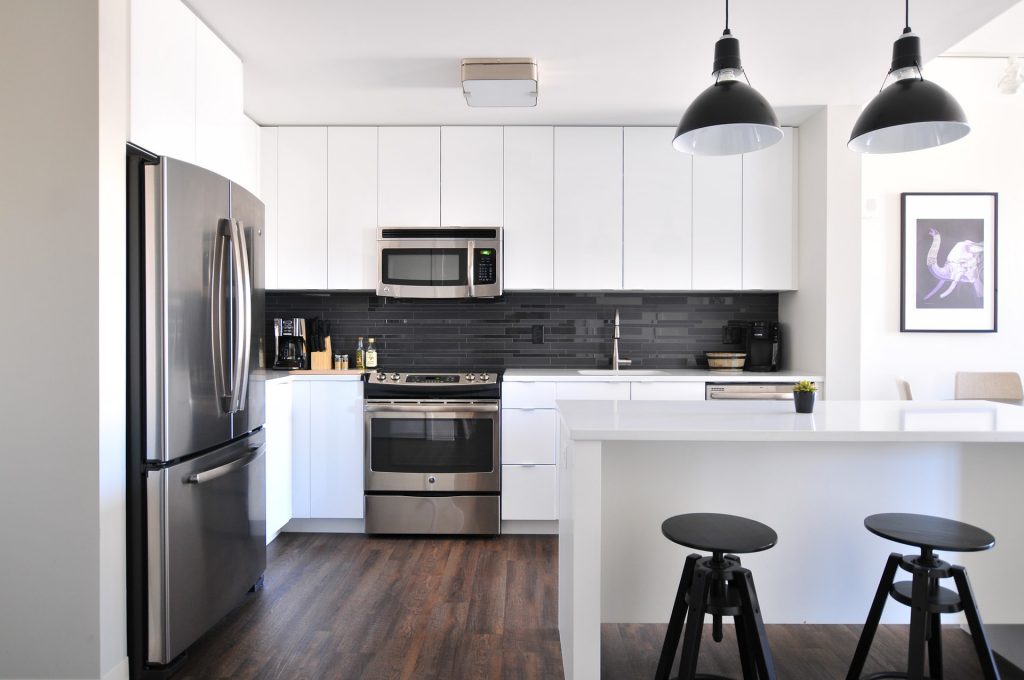How to Avoid Mortgage Insurance in 6 Ways
How to Avoid Mortgage Insurance
When you buy a home and plan on obtaining a mortgage, your monthly payment will incorporate multiple factors that go beyond just paying down the principal. One factor that is in your control and based on your financial capability is mortgage insurance.
Buying a home with less of a down payment may be an attractive option, especially for those who want to purchase property right away instead of waiting to save up for a larger down payment. However, one should realize that putting down less than 20% of a home’s appraised value may require the addition of mortgage insurance (MI). As mentioned, mortgage insurance is part of your monthly mortgage payments, and the size of the fee depends on the down payment amount and your credit score. Private mortgage insurance (PMI) only applies to conventional loans, since VA loans typically do not have mortgage insurance requirements despite their low down payment and FHA loans have their type of mortgage insurance (more on that later).
The easiest way to avoid mortgage insurance is to save up for a down payment of 20% or more, but there are other ways to avoid a mortgage insurance cost requirement.
Refinance Your Mortgage
Home values and interest rates are far from constant. If you choose to refinance, you may be able to take full advantage of interest rate changes and home value increases to lower your monthly mortgage payment and possibly remove your mortgage insurance. A higher home value can help you reduce or eliminate mortgage insurance because lenders use the loan-to-value ratio (LTV) to determine how much equity a homeowner has. Also, if you have owned your home for over a year, you are actively paying down the current loan, which will also help increase the loan-to-value ratio.
The LTV is calculated by dividing the current loan balance by the original appraised value and presented as a percentage, meaning a higher home value will bring down your LTV. If the new LTV calculation comes out to 80% or lower, you will not be required to pay mortgage insurance on your refinanced loan.
Don’t think you have enough value in your home to eliminate your mortgage insurance? While you may not be able to get rid of PMI altogether, you may be able to reduce the monthly mortgage insurance payment through this same refinance method.
Let’s say you originally put 5% down on your home. Since this would give you an LTV of 95%, it would require a high level of mortgage insurance. In this scenario, if you own your home for over 2 years with a value increase of 4% – 5% each year as you pay down your loan, your new loan-to-value (LTV) would likely be around 85% (15% home equity). In this scenario, your mortgage insurance would not be eliminated and instead reduce by 50%-60% per month.
Remodeling
Many of the factors related to home value are out of your control. However, if you don’t want to wait around for new developments, a rise in demand, or changes in the local economy, you can try to raise the value of your home by remodeling it. Adding a pool, upgrading the kitchen, and improving the bathroom space are a few of the remodeling options that can increase your home’s value.
When going down this route, keep in mind that it is the appraiser’s sole discretion to add value to these property enhancements. The value of each enhancement will vary. For example, an appraiser can value a new pool as $20,000 of added value even if you spent $50,000 to install it.
Get a Second Appraisal
Since LTV is based on the original appraisal, you can lower that ratio by getting a second appraisal demonstrating that the value of your home has risen since you became the homeowner. An appraisal with a higher home value than the original appraisal for your loan will lower your LTV and increase your chances of PMI exemption.
Consult with your current mortgage servicer and mortgage insurance provider to see if they will allow for this option. You should also be prepared to pay an appraisal fee if you plan on going this route.
Wait It Out
The Homeowners’ Protection Act requires private mortgage insurance companies to stop charging PMI once borrowers have paid the mortgage down to an LTV of 78% as long as the borrower is current on all of their mortgage payments.
Some loan options similar to those with interest-only periods or principal forbearance can cause the loan to take a very long time to reach 78% LTV. Lenders are also required to drop the PMI once borrowers reach the halfway point of their amortization schedule, even if they haven’t hit an LTV of 78% yet. The amortization schedule is the timeline of your mortgage payments over the lifetime of your loan. Your lender will also tell you the dates of when you reach these milestones in the form of a PMI disclosure form that they will provide for you.
Prepay on Your Mortgage
Making extra payments on your loan is not only an efficient way to pay off your home more quickly, but it can also lower the overall cost of the loan by reducing the amount of interest that you’ll be charged on. The more you prepay your loan, the faster you can reach the LTV threshold for mortgage insurance elimination.
Check with your lender and mortgage servicer to make sure there is no penalty for paying extra per month.
Request PMI Cancellation
The last option for getting rid of your PMI is through a request. According to the Consumer Financial Protection Bureau, once your LTV gets down to 80%, you can request PMI cancellation from your lender or mortgage servicer in the form of a written letter.
To do this, you must be current on your payments, have good payment history, have zero (0) junior liens (such as a second mortgage), and possibly prove the stability or rise in your home’s value in the form of an appraisal (as was discussed earlier).
Getting a Second Mortgage
While there are many ways to remove your private mortgage insurance after you have been paying your loan for a while, you can put forward a down payment of less than 20% without a PMI requirement by financing your home using two mortgages at the time of purchase. The first mortgage will be worth 80% of your home’s value, which is the same amount you would receive if you had made a 20% down payment. The second mortgage can be worth up to 10% of the home’s value and is meant to be combined with your down payment for the remaining amount of the home’s value. Utilizing this financing option with a conventional first mortgage will allow you to have no mortgage insurance.
However, there are some caveats to this option as it is only available to home buyers with very good credit scores and can require at least a 10% down payment. If your credit score needs repair, we have a beginner’s guide to help you obtain an improved credit score.
Second mortgages also typically have higher rates than first mortgages and are susceptible to increase over time. If you choose this option, you must also be ready for the possibility of interest-only payment periods and a payment that may increase. Many borrowers pay both loans until they have 20% equity on their home, at which point they finance their two mortgages into one.
Enjoy a Lower Monthly Payment
It is important to look at each loan option available and analyze what your goals and financial abilities may be. A great lender and professional loan officer will be able to help you avoid additional fees and mortgage insurance if possible.
To avoid mortgage insurance, the wisest approach is to put 20% down or obtain a second loan. When you cannot avoid mortgage insurance, you can explore other options such as refinancing, getting a second appraisal, making your home more valuable through remodeling, writing a request, prepaying on your mortgage, and waiting out the length of the mortgage insurance requirement. Get in touch with us today to explore your options on possibly lowering your monthly mortgage payment.







